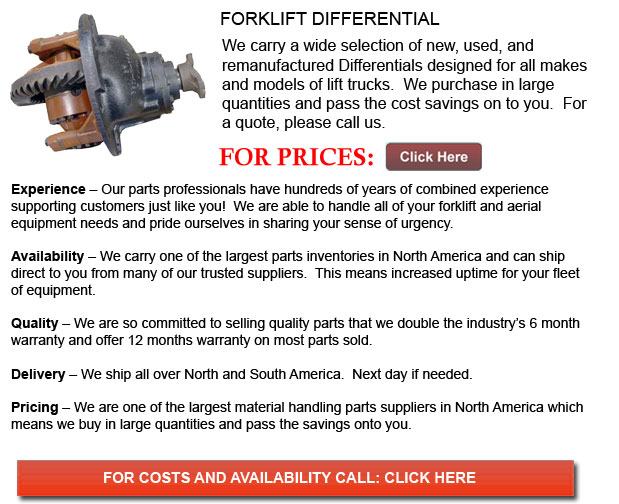
Differentials for Forklifts - A differential is a mechanical device which is capable of transmitting rotation and torque through three shafts, frequently but not at all times using gears. It normally works in two ways; in vehicles, it receives one input and provides two outputs. The other way a differential functions is to combine two inputs in order to create an output that is the average, difference or sum of the inputs. In wheeled vehicles, the differential allows all tires to be able to rotate at various speeds while supplying equal torque to each of them.
The differential is intended to power the wheels with equal torque while also allowing them to rotate at various speeds. Whenever traveling round corners, the wheels of the automobiles would rotate at various speeds. Certain vehicles like for example karts work without utilizing a differential and utilize an axle as an alternative. If these vehicles are turning corners, both driving wheels are forced to spin at the identical speed, typically on a common axle that is driven by a simple chain-drive apparatus. The inner wheel should travel a shorter distance compared to the outer wheel when cornering. Without a differential, the consequence is the outer wheel dragging and or the inner wheel spinning. This puts strain on drive train, resulting in unpredictable handling, difficult driving and deterioration to the roads and tires.
The amount of traction needed to move whichever automobile will depend upon the load at that moment. Other contributing factors include drag, momentum and gradient of the road. Amongst the less desirable side effects of a conventional differential is that it could reduce traction under less than ideal conditions.
The torque supplied to each and every wheel is a product of the transmission, drive axles and engine applying a twisting force against the resistance of the traction at that particular wheel. The drive train can normally supply as much torque as needed unless the load is very high. The limiting element is usually the traction under each wheel. Traction can be defined as the amount of torque which could be produced between the road surface and the tire, before the wheel begins to slip. The vehicle would be propelled in the intended direction if the torque used to the drive wheels does not go beyond the limit of traction. If the torque used to each wheel does go over the traction threshold then the wheels will spin incessantly.
![]() Click to Download the pdf
Click to Download the pdf
Forklift Parts
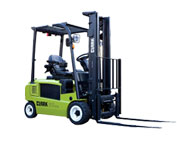
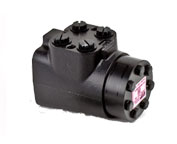
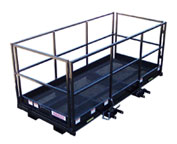
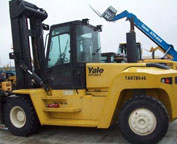


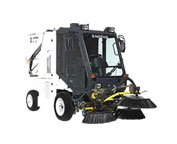

Lift Parts Express
TOLL FREE: 1-888-695-7994
LOCAL: 512-642-5697
402 A WEST PALM VALLEY BLVD 249
Round Rock, Texas
forkliftpartsroundrock.com
Email Us
About Us


